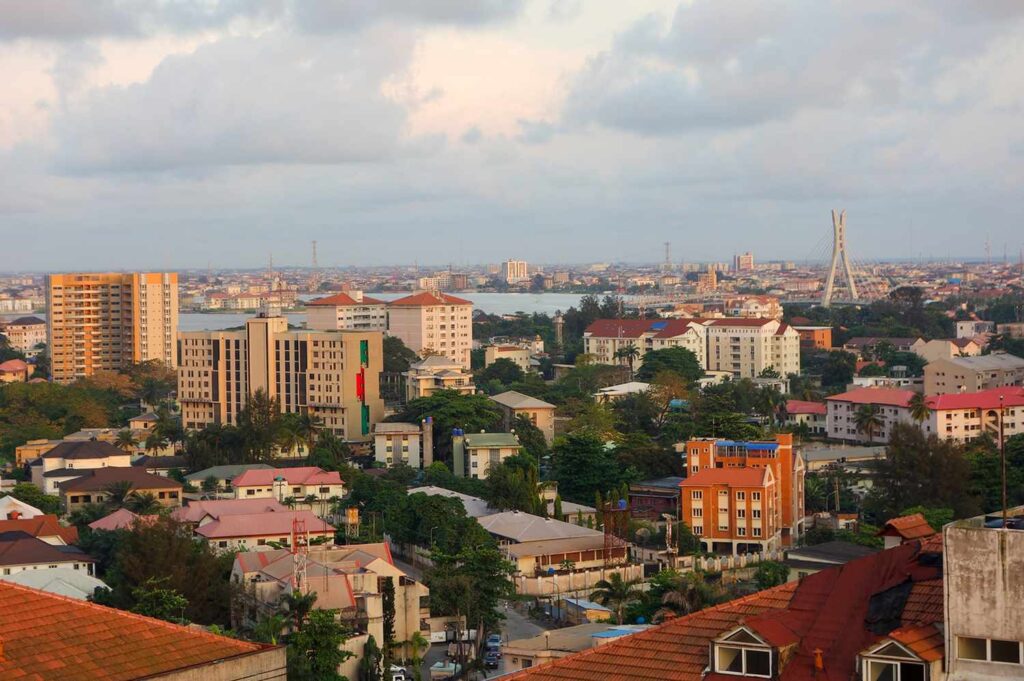
CBRE expects below-average GDP growth through 2025.
Despite recent upside surprises, CBRE expects below-average growth for the next several quarters, with 2025 GDP growth forecasted at 1.7% below the 2.1% long-run average. Inflation is expected to ease from Q3 2024’s 2.6% estimate to 2.3% in 2025.
Unemployment ticked down for the second consecutive month in September.
Employment improved slightly by 0.2% in September, while job openings per job seekers was 20 bps below 2019 levels at 1.4. September, wage growth remained around 4%, still 157 bps higher than inflation, which could help support discretionary travel spending.
Borrowing rates are slightly elevated at 5.8% but well below their highs.
CMBS borrowing rates were 5.8% in September. CMBS loan issuance increased from $0.3 bil. in September 2023 to $1.5 bil. in September 2024. With the average loan count increasing slightly, the average loan size nearly quadrupled year-over-year from $27.3 mil. to $101.4 mil. in September 2024.
The summer travel rally for hotels failed to materialize.
Q3 performance trends were weaker than expected. ADR continued to lag inflation at 0.6% and occupancy declined 0.8%, resulting in a 0.2% decline in RevPAR. Business centric chain scales and location types outperformed, while leisure and resort locations underperformed.
GDS and Group channel demand benefited from the calendar shift.
The shift in the Jewish holidays to October from September supported GDS and Group channel demand, which rose 4.3% and 1.3% in Q3. OTA bookings increased 3.3%, outpacing the 1.9% growth in Brand.com demand, possibly indicating a normalization in distribution trends.
Total revenues grew 3.6% in August above the 2.0% YTD trend.
The extra weekend in August drove above-average revenue growth and 30 bps of margin expansion during the month, resulting in a 4.7% increase in profit dollars. Wage pressures and property taxes are moderating, but, in aggregate, costs remain above average resulting in 90 bps of margin contraction on a TTM basis.
Short-term rental demand outpaced hotel demand again in September.
In September, short-term rentals continued to take share from hotels, with demand growing nearly 8% compared with a 0.1% contraction in hotel demand. The 2.7% growth in STR ADR was more than offset by a 4 pps contraction in occupancy, causing RevPAR to decline by 1.6% in September.
The gap between inbound and outbound international travel persists.
Outbound international travel increased to 122% of 2019’s level in September, while inbound lagged at 88%. The gap between inbound and outbound travel continues to weigh on hotel occupancy. Travel from Japan and China reached a post-pandemic high of 58% in September.
Slowing TSA throughput growth is a risk to watch.
TSA throughput growth slowed to just 0.8% y/y in October, below the 5.5% YTD trend. Search trends for paid and redemption travel showed improvement in October suggesting travel trends could pick up as we head into the holiday season.


